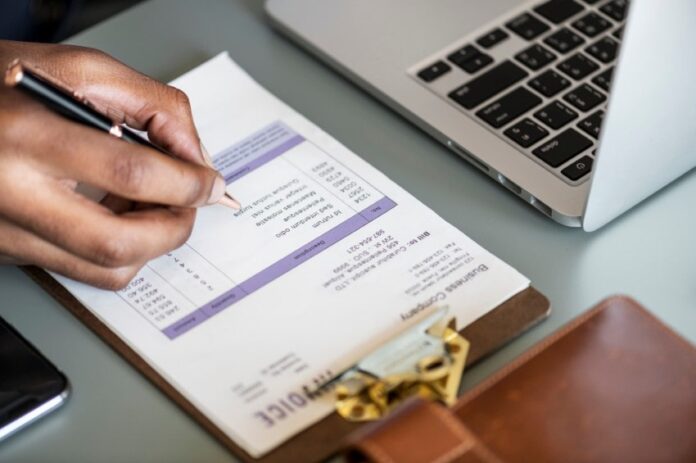Invoicing properly can be a challenge, especially for small business owners who are already being run off their feet. Maybe you work as an incorporated company, freelancer, independent contractor, partnership, or sole proprietorship. Whatever you are, invoices are the only way to ensure you get paid and keep your records up to date.
With e-invoicing enjoying a growth rate forecast of 80% and estimates indicating that it will reach almost $25 million by 2027, it’s time to streamline your process to avoid costly mistakes. We’ve compiled a list of the most frequently made invoicing mistakes and tacked a solution onto each one, too.
6 Invoicing Mistakes to Avoid
Did you know that over 60% of late payments are due to invoicing errors? Follow this advice to ensure your small business doesn’t become a part of this depressing statistic.
Forgetting to Invoice
Failing to invoice at all is, surprisingly, one of the most common mistakes the small business owners make. This may happen because you’re managing so much already or because you’re actively avoiding the task. Regardless, it’s a serious obstacle to a healthy cash flow.
Fix this problem by creating a habit of invoicing. The best idea is to deal with the account as a project ends or immediately after a sale or service concludes, even if the payment terms are not COD.
Calculation Errors
Another typical invoicing error is making mistakes when calculating the total amount due. This is understandable when you consider that you’re dealing with multiple items, possible discounts, and taxes, but it’s still unacceptable.
Check your totals at least three times, get someone else to, and don’t try to do the sums in your head. If it’s within your budget, it’s a good idea to employ a bookkeeper to assist you.
Incorrect Itemization of Products and Services
Another mistake that will damage your brand’s reputation is faulty itemization. Proper data in this invoice section is key because it tells your client why they’re paying what they are. It’s recommended that you always include each product or service with information on the cost, quantity, and rates, along with whatever else may be applicable.
A good solution for this problem can be using invoicing software or detailing each item as it is ordered. Automating the process can save you time, and ensuring all the details are correct will make payments easier to collect.
Omitting the Payment Due Date
If your client doesn’t know when they need to pay, who can blame them for settling late? This can cost you dearly, so be sure that this information is clearly laid out in whatever invoicing system you’re using. Bear in mind, as well, that if your customer doesn’t know what the last payment date is, you are not allowed to charge them extra for overdue settlements.
Manage this problem by bolding or italicizing the Payment Terms section of your invoice. This will help you remember to double-check it.
An Unclear Payment Policy
This mistake will not only make you look like a second-rate business. It may also result in legal action. You’re opening yourself to a lawsuit if you’ve not made your payment and refund policy crystal clear. It’s vital that you include this data on all invoices, even on repeat statements to regular customers.
The best solution here is to utilize a free invoice template that you can customize for each client or project. You can include this information in the template so that it always appears and isn’t accidentally forgotten. Payment policies are not likely to change often, so once they’re defined, they can remain in place for each invoicing run.
Sending an Invoice to the Wrong Client
If one of your customers is receiving invoices meant for another client, it’s going to make your brand look amateur at best and incompetent at worst. You may discount certain items for particular clients too, and if someone receives a discounted invoice, they may question why they don’t pay the same pricing.
Double- and triple-check all the information on your invoices before you send them. This includes the company’s name, logo, contact information, and the items or services you’ve provided. It can be a good idea to have someone else go over all this data after creating an invoice, especially if you’re doing so manually. A fresh pair of eyes may pick up errors that you missed.
Proper Invoicing is Essential
Are you guilty of any of these errors? Start implementing these solutions, and you’re sure to see positive results. It may take a little time and energy initially, but once you create a working invoicing system, you’ll find the whole process much easier.
You may even get to the point where you don’t dread invoicing anymore. When you understand how things work, how they can go wrong, and what you can do to ensure they don’t, they don’t seem like such a chore.
Proper invoicing practices will also ensure that your customers have a good experience when purchasing from you. This can encourage customer retention and loyalty, so it’s well worth putting in the time to correct any of the invoicing mistakes you’re making.


